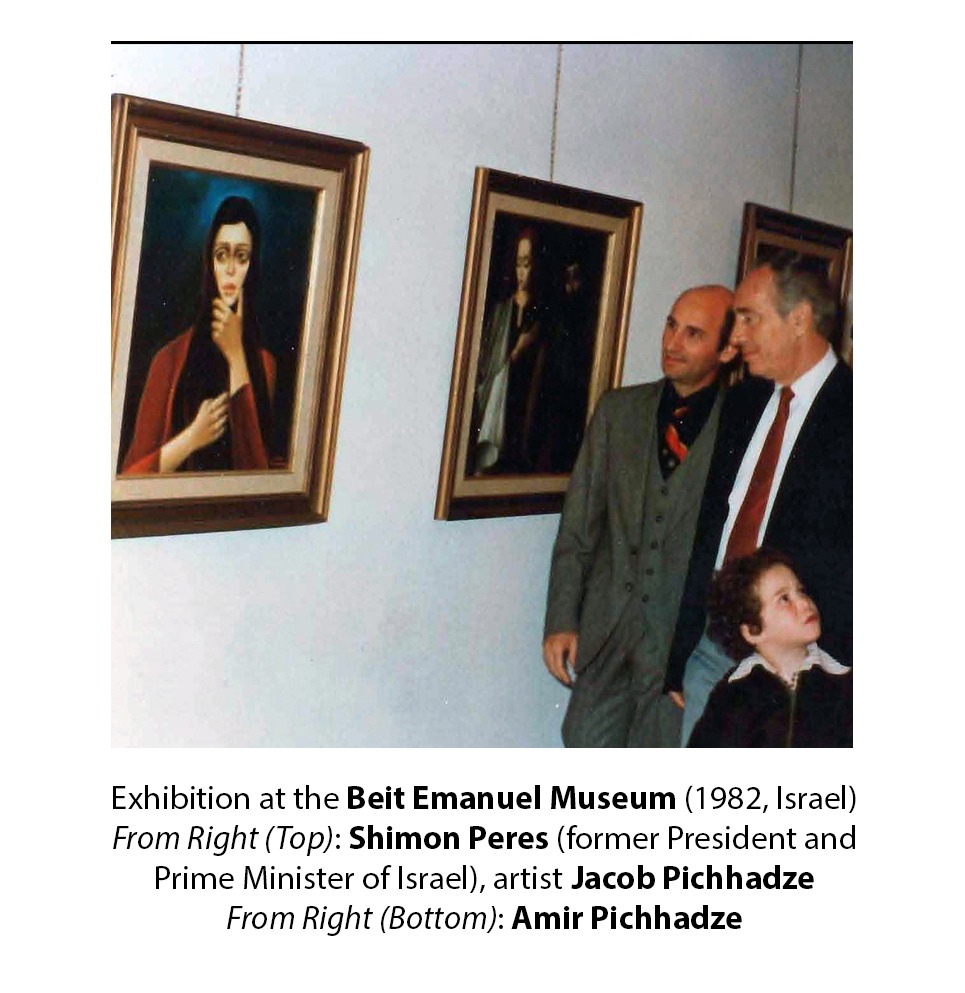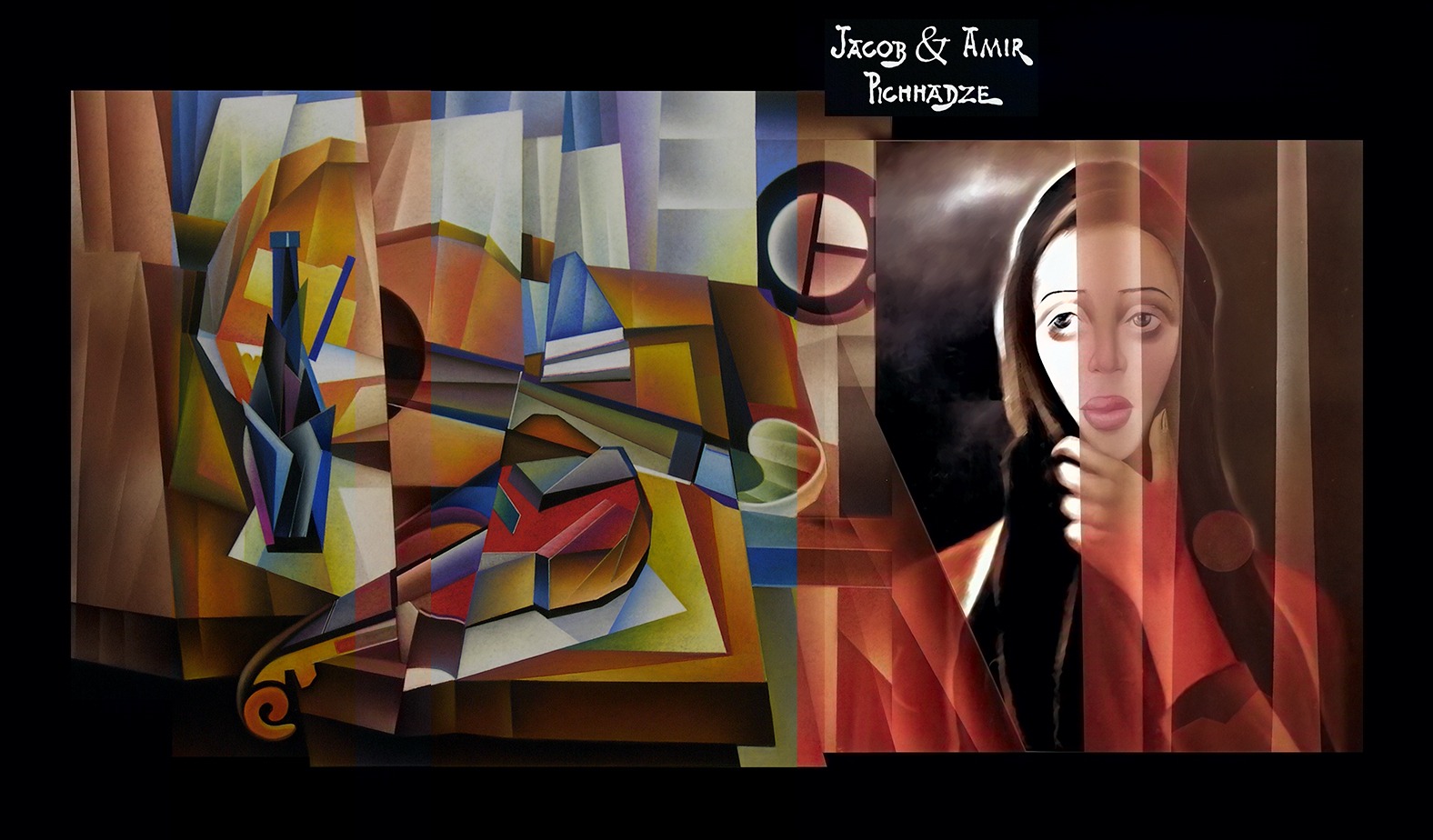Artist Statement
Recently in the Cambridge Journal of Law, Politics, and Art (CJLPA), I addressed the question of when an artwork is finished. I suggested that rather than focusing on a particular composition at any given time, the pertinent question ought to be when has the artist finished achieving their intentions. As was famously suggested by the Dutch artist Rembrandt, “a work of art is finished when an artist realizes his intentions.”
In my article in the CJLPA, based on my own experiences as an artist, I identified that an artist’s intentions and/or opportunities may change over time, and therefore the artist could rework their art to fulfill their changed intentions or take up changing opportunities (such as the availability of new mediums), over time. For example, I referred to a painting I created in 1995, which was intended to serve particular objectives at that time, using the mediums which were available to me. Yet, over the years, in response to changing socio-political circumstances, I rethought my intentions and modified my artwork accordingly. In my reworked composition, I also utilized new additional mediums which were previously unavailable.
Here, I take the opportunity to add further insights to this question. Again, based on my experiences, I exemplify that the artmaking process can be cooperative and intergenerational. Artists could choose to cooperate in the art-making process, dynamically taking part in developing their objectives, planning, and executing their art. While this process could take place and be completed during the lifetime of all the cooperating artists, it could also be intergenerational and thus continuous beyond the ongoing active participation of any one of the cooperating artists.

For example, my father, Jacob Pichhadze, and I have been cooperating in the creation of visual artworks. Our engagement in this process has been dynamic, both in terms of planning and executing the artworks. One of our artworks is titled “Contemplation.” The painting’s early version, created by Jacob, was featured in 1982 at the Beit Emanuel Museum in Israel. In its original version (see above), the painting features a woman in a gesture of contemplation. More recently, Jacob and I modified that original composition by adding to it elements associated with the experience of contemplation, such as books, musical instruments, and a bottle.
With our example in mind, we encourage other artists to likewise explore the opportunities made possible by cooperative and intergenerational artmaking.


